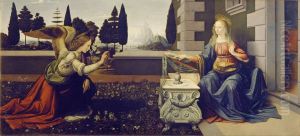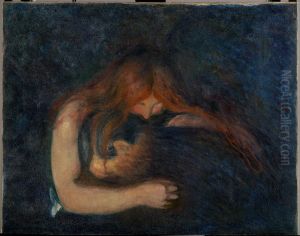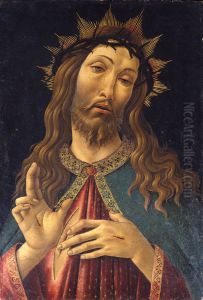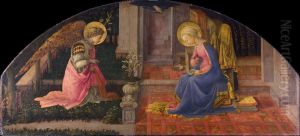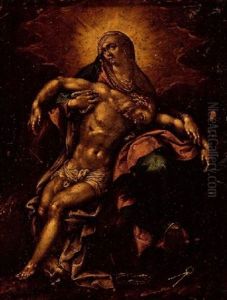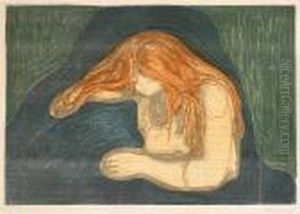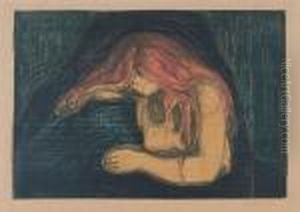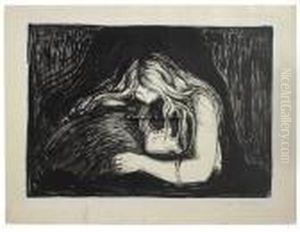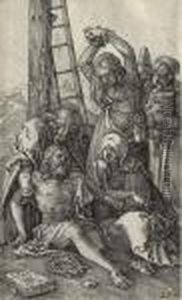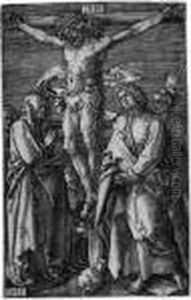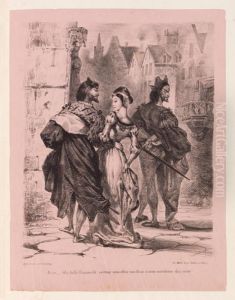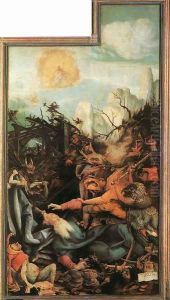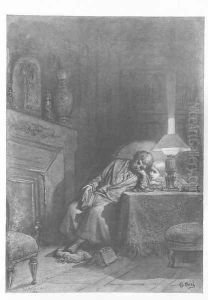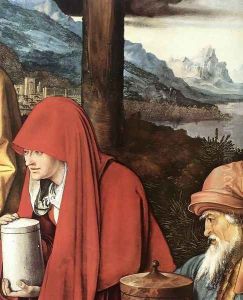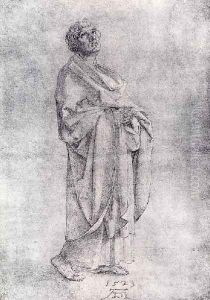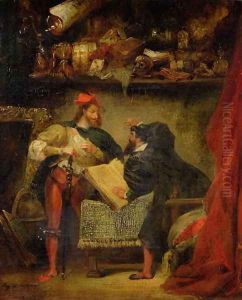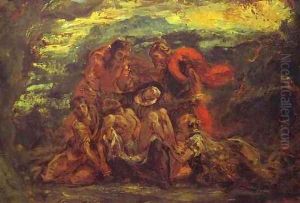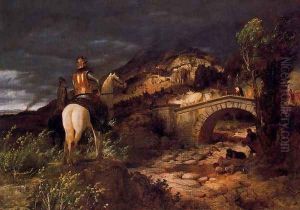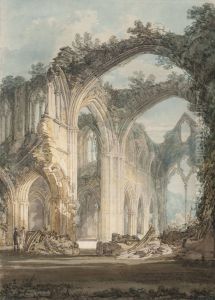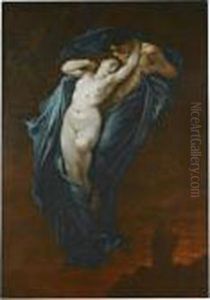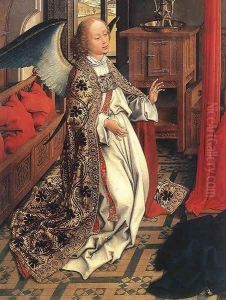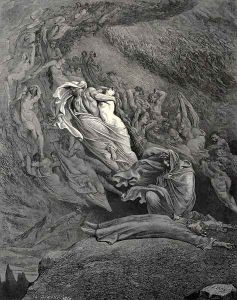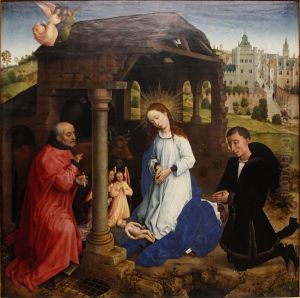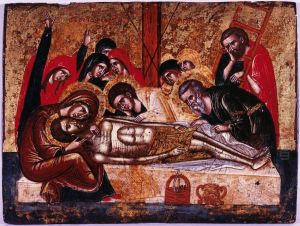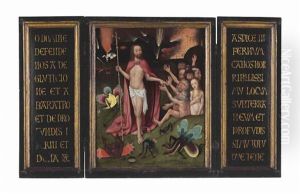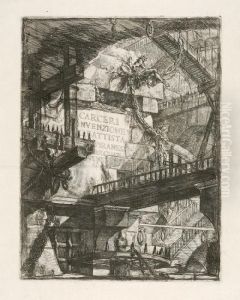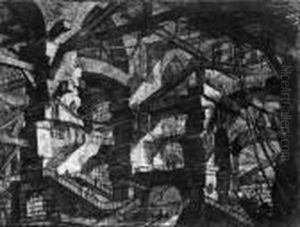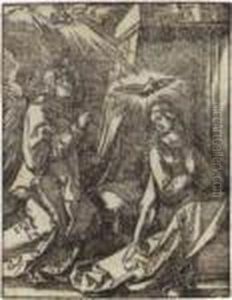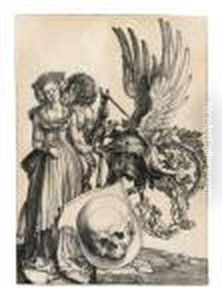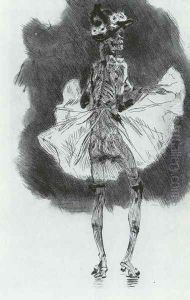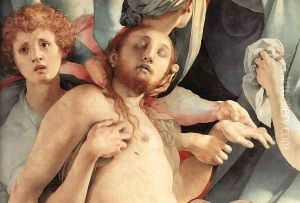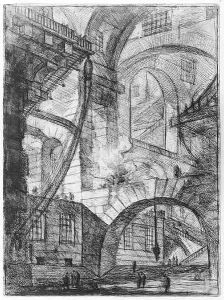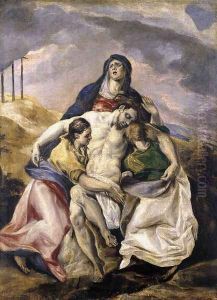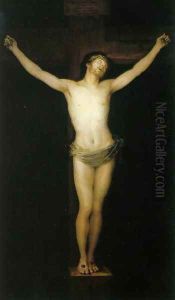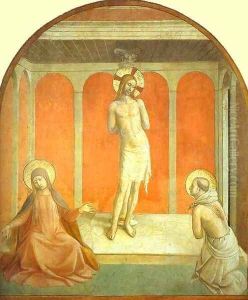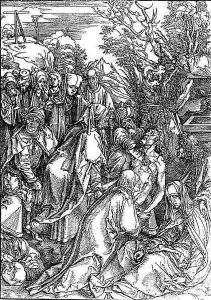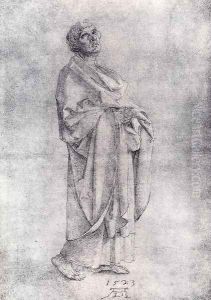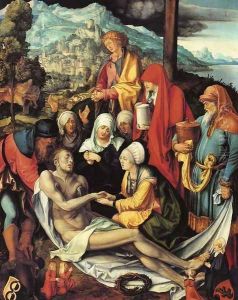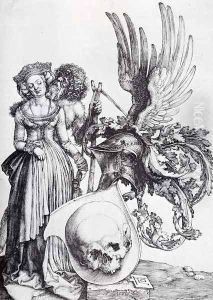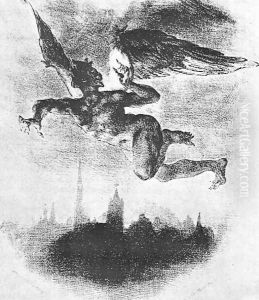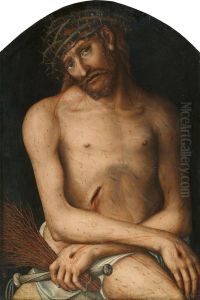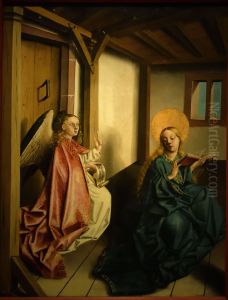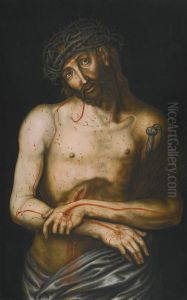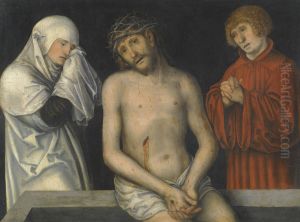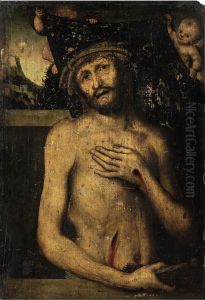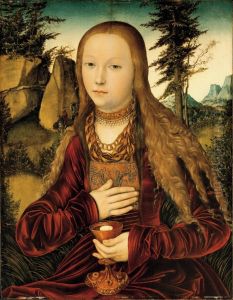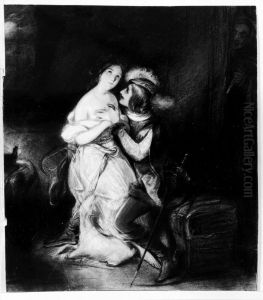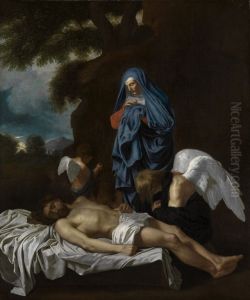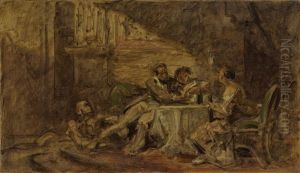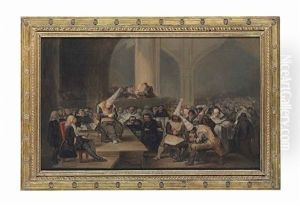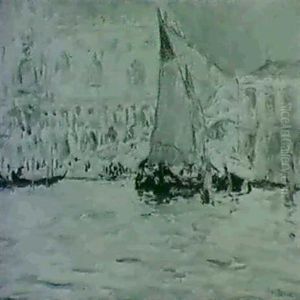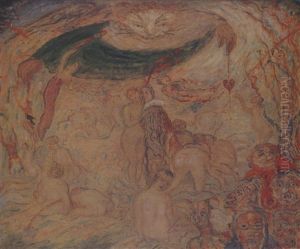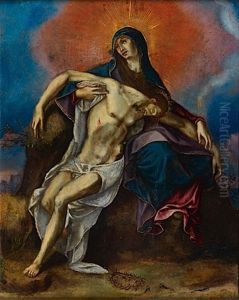Gothic Elements Paintings
Exploring the Enduring Beauty ofGothic Elementsin Masterpieces
Step into the profound world of art shaped by Gothic Elements, a captivating style that emerged from the heart of the Middle Ages, roughly spanning the 12th to the 16th centuries. This artistic movement, deeply intertwined with the grand Gothic cathedrals, brought a revolutionary approach to visual storytelling, moving beyond earlier, more rigid forms. When we speak of Gothic art, we're delving into a period rich with spiritual fervor, dramatic narratives, and a burgeoning sense of emotional depth previously unseen in such prominence. From illuminated manuscripts to monumental altarpieces, the characteristics of this era are unmistakable and profoundly influential.
The visual language of Gothic Elements in painting is distinct and compelling. You'll often observe elongated figures with graceful, flowing drapery, conveying a sense of ethereal beauty and spiritual transcendence. Faces frequently exhibit more nuanced expressions, reflecting piety, suffering, or divine serenity, drawing the viewer into the narrative. Religious themes dominate, with countless depictions of biblical scenes, the lives of saints, and the Madonna and Child, all rendered with an intense focus on symbolic meaning and devotional impact. The color palettes, though often rich and vibrant, can also lean towards deeper, more somber tones, reflecting the solemnity of their subjects. Intricate details, reminiscent of the elaborate tracery and stained glass of Gothic architecture, frequently adorn backgrounds and halos, adding to the overall sense of awe.
Beyond their aesthetic appeal, works imbued with Gothic characteristics offer a unique window into the medieval worldview. They represent a pivotal moment in art history, laying foundational techniques and narrative approaches that would later influence the Early Renaissance. The emphasis on light, often depicted through radiant gold leaf or the suggestion of stained-glass luminosity, adds a mystical quality to these sacred compositions. Exploring these masterpieces allows for a deeper appreciation of the spiritual and cultural landscape of the time, revealing how artists meticulously crafted visual sermons designed to inspire faith and contemplation. Discovering these iconic works provides an invaluable connection to a transformative period in human creativity and devotion.
